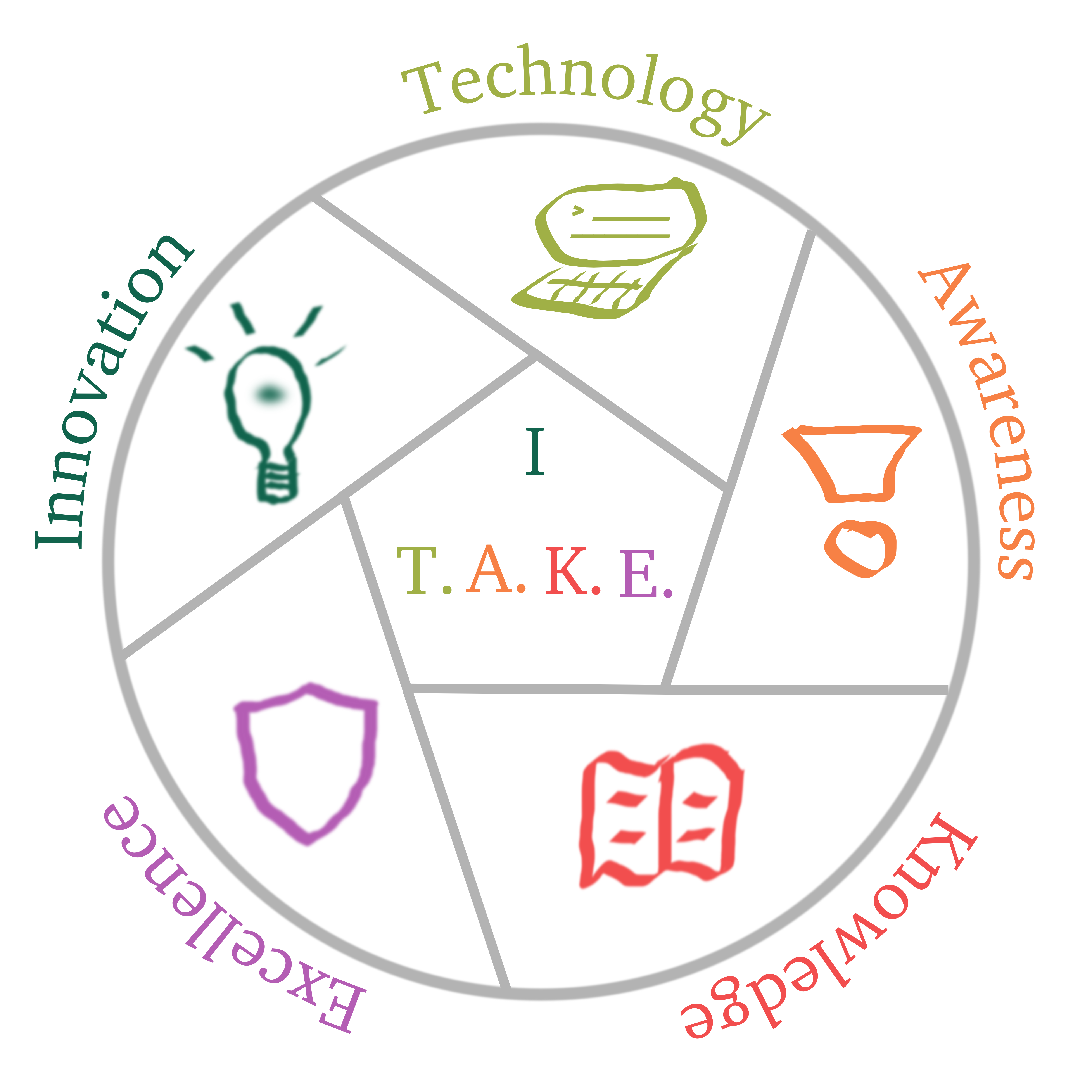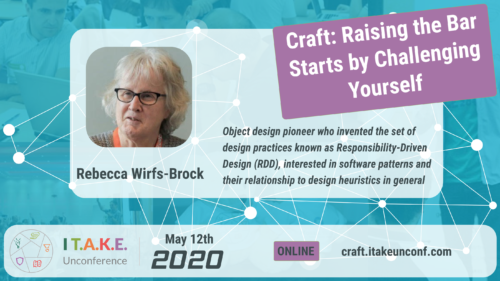
After the well-received first online edition, I T.A.K.E. Unconference continues with the 8th edition on the 12th of May 2020, for Crafters.
Following our belief that #LearningNeverStops, we continue to bring together online international speakers and top-notch practitioners.
The theme chosen for the 8th edition is Craft: Raising the Bar Starts by Challenging Yourself and includes sessions on:
- design heuristics
- deliberate practice
- live coding
- real games used as learning tools at work
- new coding exercises for your craft
How is this edition of I TAKE Unconference special?
- Focus is placed upon new innovative approaches to deliberate practice, robust code and software development
- Brings together international speakers and top-notch professionals from Europe, the USA and all over the world
- The sessions include practical examples with the latest techniques applied in various environments, programming languages & technologies
- Fast-paced, dynamic learning atmosphere
- Overcoming travel challenges of this Spring
With a focus on practices and practicing, we invite you to explore together through remote live talks and live coding what software craft actually means: raising the bar.
Want to be part of this not-to-miss event? You are welcome to join our group of supporters and partners and bring innovation one step further. Just let us know and we can make it happen.
Let’s continue sharing knowledge by preserving the feeling of a community of peers who learn together, aiming to raise the bar by challenging oneself.





